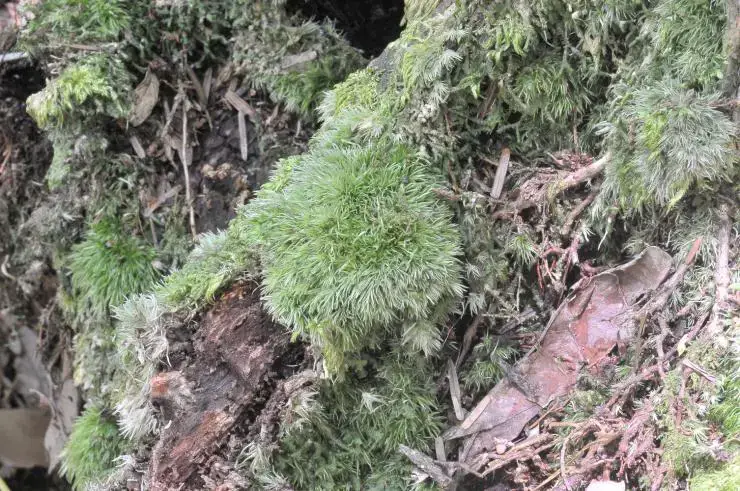
7037e79d418c961c5141889e083833ce.jpg from: https://taieol.tw/muse/digi_object/2355523fe7d6b11d4b7a8ac495911fd7
Isopterygium byssobolax: The Delicate Moss of the Pylaisiadelphaceae Family
Introduction
Mosses may be small, but they play a big role in many ecosystems around the world. One particularly fascinating species is Isopterygium byssobolax (Müll.Hal.) Paris, a delicate moss in the Pylaisiadelphaceae family. In this blog post, we’ll take a closer look at this intriguing plant and explore its unique characteristics, global distribution, and ecological importance. Get ready to dive into the miniature world of Isopterygium byssobolax!
Background
Isopterygium byssobolax is a species of moss that belongs to the Bryophyta division and Bryopsida class. It was first described by German botanist Carl Müller in 1869 under the name Hypnum byssobolax. In 1900, French botanist Édouard-Gabriel Paris transferred it to the genus Isopterygium, giving it the current name.
Morphology and Identification
Isopterygium byssobolax is a small, delicate moss with creeping stems and irregularly branched, pinnate fronds. The leaves are ovate-lanceolate, typically 0.5-1.2 mm long, and have a short, double costa (midrib). The leaf margins are entire or slightly serrulate near the apex.
One of the most distinctive features of I. byssobolax is its glossy, silky appearance, which is due to the narrow, elongated leaf cells. The seta (stalk) is smooth and reddish, supporting an inclined, asymmetric capsule with a conical operculum (lid).
Global Distribution and Habitat
Isopterygium byssobolax has a wide global distribution, occurring in tropical and subtropical regions of the Americas, Africa, Asia, and Oceania. It grows on various substrates, including tree trunks, decaying logs, rocks, and soil, in moist, shaded habitats such as rainforests, cloud forests, and riparian zones.
Some notable locations where I. byssobolax has been recorded include:
- Brazil: Atlantic Forest
- Mexico: Los Tuxtlas Biosphere Reserve
- China: Hainan Island
- Indonesia: Java and Sumatra
- Australia: Wet Tropics of Queensland
Ecological Roles and Adaptations
Like many mosses, Isopterygium byssobolax plays important ecological roles in its habitats. It contributes to nutrient cycling, water retention, and erosion control, while also providing shelter and microhabitats for various invertebrates.
I. byssobolax has several adaptations that allow it to thrive in moist, shaded environments:
- Poikilohydry: The ability to tolerate desiccation and quickly rehydrate when water becomes available.
- Efficient water transport: Elongated leaf cells and a central strand in the stem facilitate water and nutrient conduction.
- Shade tolerance: Low light compensation point enables growth in dimly lit understory habitats.
Conclusion
Isopterygium byssobolax may be a small and often overlooked component of many tropical and subtropical ecosystems, but its ecological importance should not be underestimated. This delicate moss showcases the remarkable adaptations and diversity found within the Bryophyta. Next time you find yourself in a moist, shaded forest, take a moment to appreciate the miniature world of mosses like I. byssobolax. Who knows what other fascinating species you might discover?